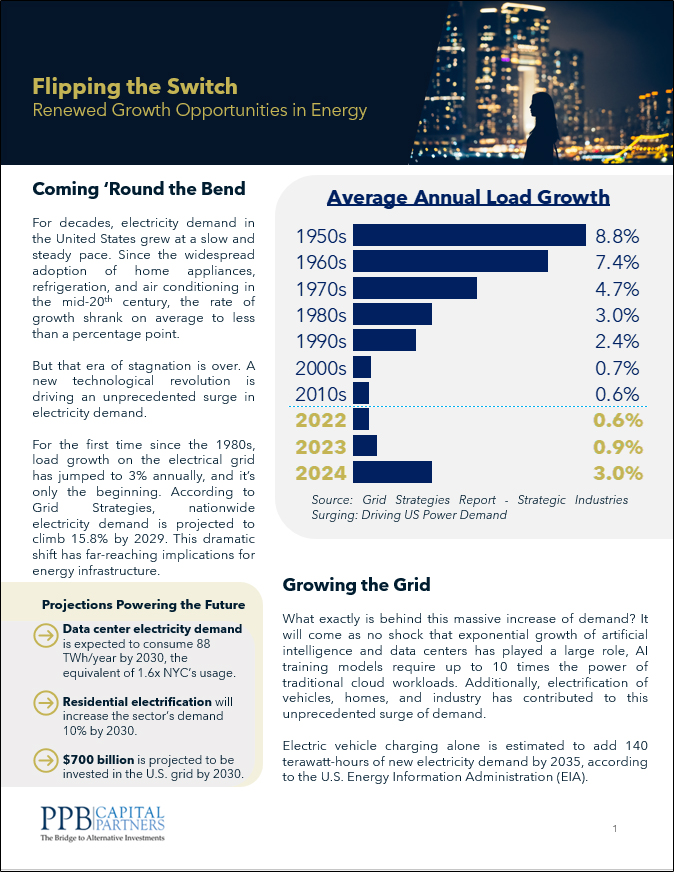
Alternative Strategies for Inflation
June 21, 2021

For taxable investors multi-family housing already offers key depreciation benefits to help shield taxable income in the early years of the investment. At a time when most people are expecting an increase in tax rates in the United States, multi-family real estate is a key asset class to consider. Making the strategy even more timely today, however, is its inflation protection ability. Take an even deeper dive into multi-family investing and we notice a clear bifurcation of the market. While Class-A properties have suffered during the pandemic due to oversupply and expensive rents, the workforce housing segment of Class-B properties has thrived. Workforce housing is particularly attractive due to the high turnover present with the average leaser. As these leases’ turnover, the property managers can increase rents and keep up with inflation.
A study conducted at MIT titled Has Real Estate been a good Hedge against Inflation? Will it be in the future?2 showed that while property income is only a partial inflation hedge (likely limited by the amount of turnover in the units), the valuations of these properties provide complete inflation hedges. In today’s markets, we are seeing the values of workforce housing continuing to rise as there remains a significant supply/demand imbalance for workforce housing properties. As such, even in an environment of compressed capitalization rates, workforce housing remains an excellent investment with occupancy rates near all-time highs, which also allowed property owners to grow revenue even during the thick of the pandemic last year. Accordingly, our workforce housing manager, Peak Capital Partners saw revenues grow at 5% last year3. If we do see a spike in inflation moving forward, we believe rent renewals will rise in parallel and investors will be protected with rising income streams.
In addition, and by their very nature, real assets have traditionally been excellent inflation hedge and as such, we are starting to look more into farmland and other commodities as wealth advisors ask for more inflation protection ideas. Infrastructure is also a main point of emphasis as income stemming from infrastructure projects will also rise with inflation.
In the interim, we believe workforce housing should be a core component of investor portfolios. The strategy has proven its worth both during booming economic times as an inflation hedge and as a stabilizer during times of economic stress when renters start to flee more expensive properties. Accordingly, real estate and workforce housing are excellent strategies to consider as investors consider a spike in inflation.
Download: PPB – June 2021 Market Update
Important Footnotes and Disclosures
1: Source: NY Times, https://www.nytimes.com/2021/06/10/business/consumer-price-index-may-2021.html. Please contact PPB for a copy of the article if unable to access.
2 https://economics.mit.edu/files/14673
3 Peak Capital Partners
This document or any part thereof may not be reproduced, distributed or in any way represented without the express written consent of PPB Capital Partners, LLC. A copy of PPB Capital Partners, LLC’s written disclosure statement as set forth on Form ADV is available upon request. Although the information provided has been obtained from sources which PPB Capital Partners, LLC believes to be reliable, it does not guarantee the accuracy of such information and such information may be incomplete or condensed. PPB Advisors, LLC is an affiliate of PPB Capital Partners, LLC by virtue of common control or ownership.
The statements included in this material may constitute “forward-looking statements” and are subject to a number of significant risks and uncertainties. Some of these forward-looking statements can be identified by the use of forward-looking terminology such as “believes”, “expects”, “may”, “will”, “should”, “seeks”, “approximately”, “intends”, “plans”, “estimates”, or “anticipates”, or the negative thereof or other variations thereof or other variations thereon or comparable terminology. Due to these various risks and uncertainties, actual events or results of the actual performance of an investment may differ materially from those reflected or contemplated in such forward-looking statements and no assurances can be given with respect thereto.
Certain securities offered through Registered Representative with Vigilant Distributors LLC (Member FINRA/SIPC), which is not affiliated with PPB Capital Partners or its affiliates.



